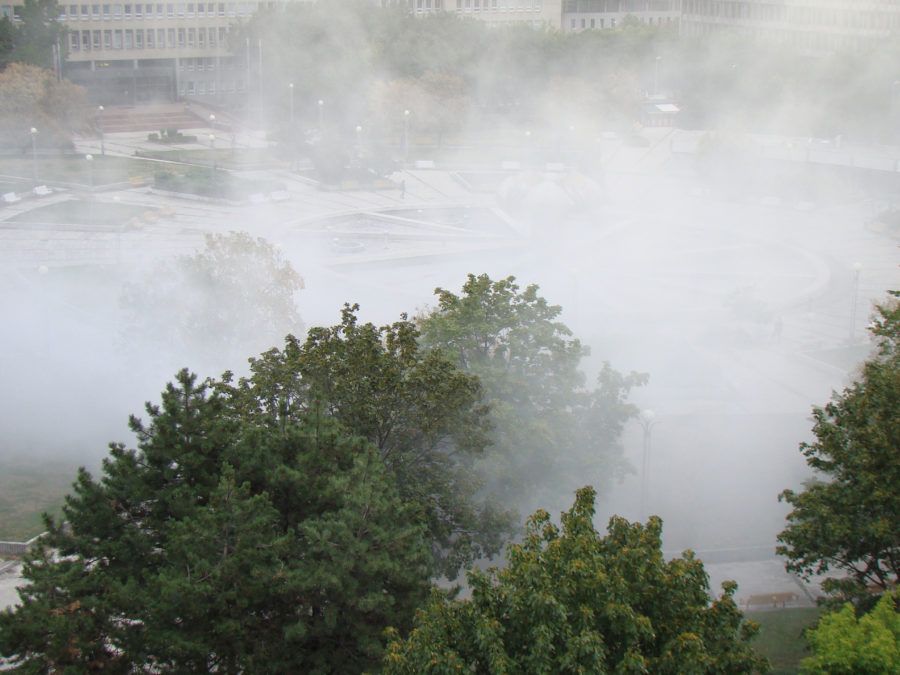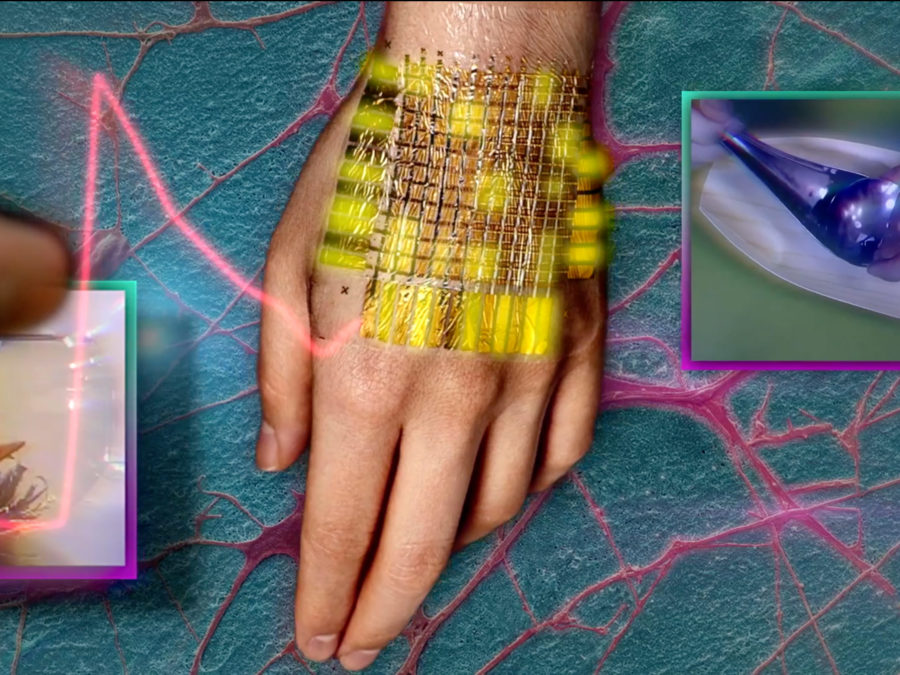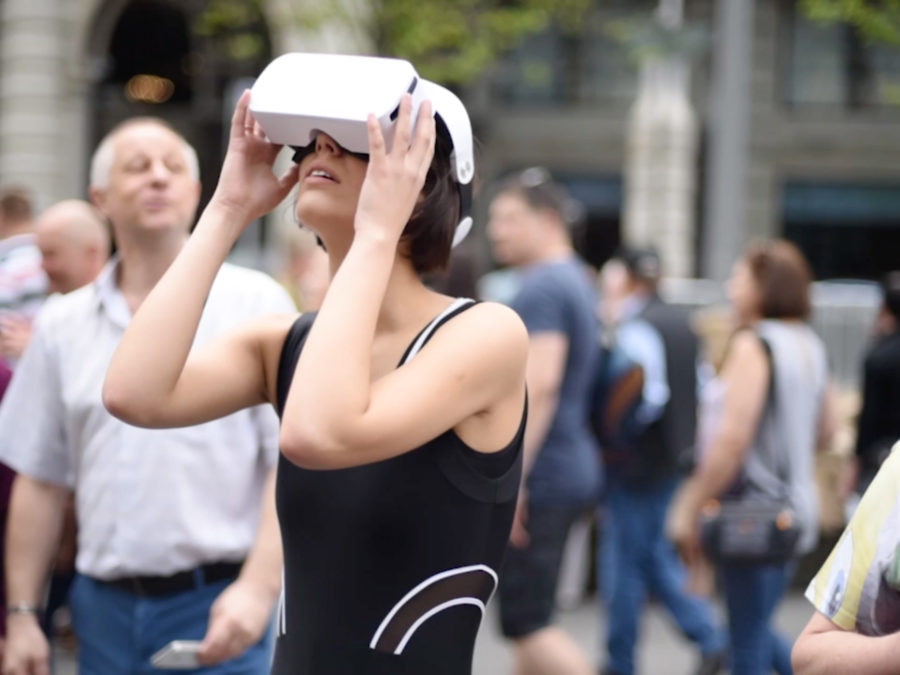COSMOS COSMETICS is the promise of a neon sign on the rooftop of a repurposed military building somewhere deep in the East.* Its flickering lights announce the headquarters of the infamous agency for spatial and corporeal exploration and enhancement, which – as we soon learn – are both a function of time travel. Three Soviet cosmonauts created the COSMOS COSMETICS agency on their first return from cosmic space in a prolonged state of mind alteration: Rumor goes that they either refused to use Phenibut** to soothe their claustrophobic experience when confronted with the unlimited reality of the universe and the Earth (and their borders on their return into Soviet realism), or they took too much of the drug, with their space madness becoming irreversible. To this day, the range of services offered by COSMOS COSMETICS stimulates intersections and movements between bodies, spaces, objects, and multilayered memories.
Through a constellation of artistic explorations of the post-socialist universe, our chapter for D’EST, COSMOS COSMETICS: Unresting Memoryscapes and Corpofictions, pays homage to the counter-cosmetics and deviant cosmologies of these three women.* The ancient word kόσμος means “world” or “the universe considered as a system with an order and pattern.” The global political shifts historicized between the 1980s and 1990s were amongst several in a long series of attempts to change the world order and its social, ecological, economic, cultural, and aesthetic patterns. However, there was never a consensus on the principles or procedures according to which such changes should occur.
Indeed, the realities of post-socialism teach us that cosmetic protocols rejuvenate totalitarian dynamics and eliminate unwanted histories. Diverse experiences and socio-political environments of post-/socialist life, trauma, dissidence, commons, and solidarity have been exiled into subcutaneous dimensions. The selected video art and experimental film works are concerned with architectural, bodily, and phantasmatic materializations of these internalized mnemonic and bio-political regimes.
The aesthetic techniques and technologies deployed at COSMOS COSMETICS revitalize the porosities and flow between layers of experience. Applying reanimation practices from various socio-political contexts aims to glean the different politics of refurbishing and reshuffling the world into hegemonic structures. If the monolithic fictions of nationalism, capitalism, patriarchy, and coloniality rely on procedures of cleansing and sealing (complex narratives and forms of life), then how to contaminate such ideological cosmetics? And how to interrupt the straight lines they project into a seemingly unavoidable present/future?
A counter-cosmetic repertoire of fog, wind, viruses, myths, and magic courses through the works – soft powers that address and unsettle such smokescreen histories and their monumental affirmation in architectures of false memory, borders, and dispossession. Re-appropriating smoke and screen, the diffuse and unstable protagonists of COSMOS COSMETICS queer dominant structures of ideology. And they elude the neo-/colonial monuments through the very counter-figures and uncanny interstices that always also inhabit them.
*A place that moves further away the more you approach it, until you’ve circled the planet once and understand where you are really heading is the profundity of inner or outer space.
**Phenibut (beta-phenyl-gamma-aminobutyric acid HCl) is a neuropsychotropic drug discovered and introduced into clinical practice in Russia in the 1960s. At first it was developed for Russian cosmonauts under the name Bifren. It has anxiolytic and nootropic (cognition-enhancing) effects. Phenibut is widely used in Russia to relieve tension, anxiety, and fear; to improve sleep in psychosomatic or neurotic patients; as well as function as a pre- or post-operative medication. It is also used in therapy for disorders characterized by asthenia and depression, post-traumatic stress, stuttering, and vestibular disorders. In Tbilisi, pharmacies sell the drug, which has become especially popular amongst young ravers. In the Georgian capital, police roundups framed as “drug raids” released a wave of protests called the rave revolution in 2018. The movement aimed to counteract state attempts to destabilize and criminalize Georgian club culture, which provides some of the singular safe spaces for LGBTQIA* people in the region.







